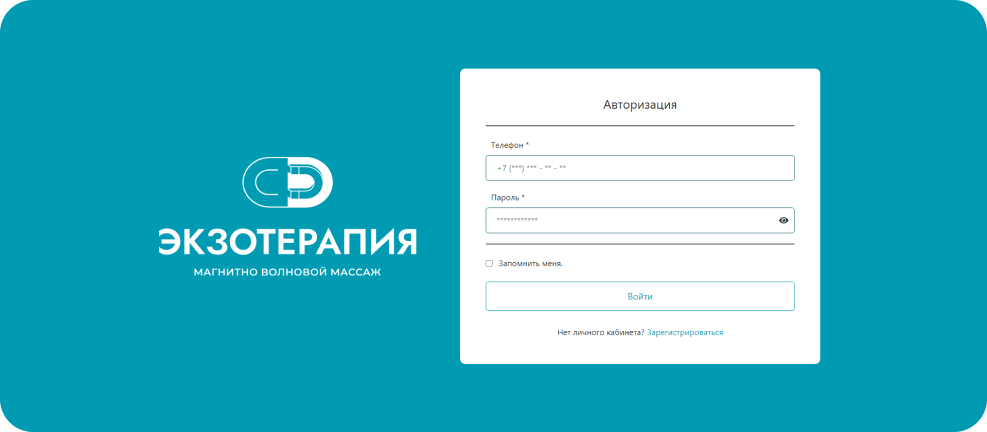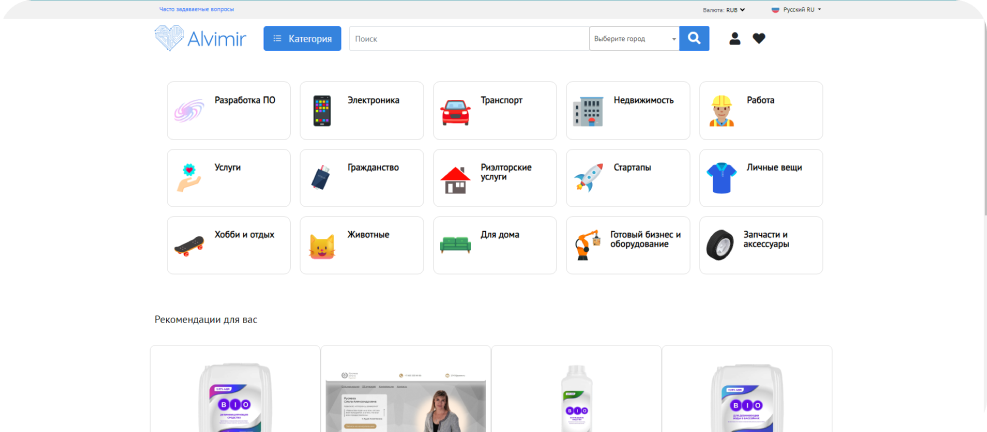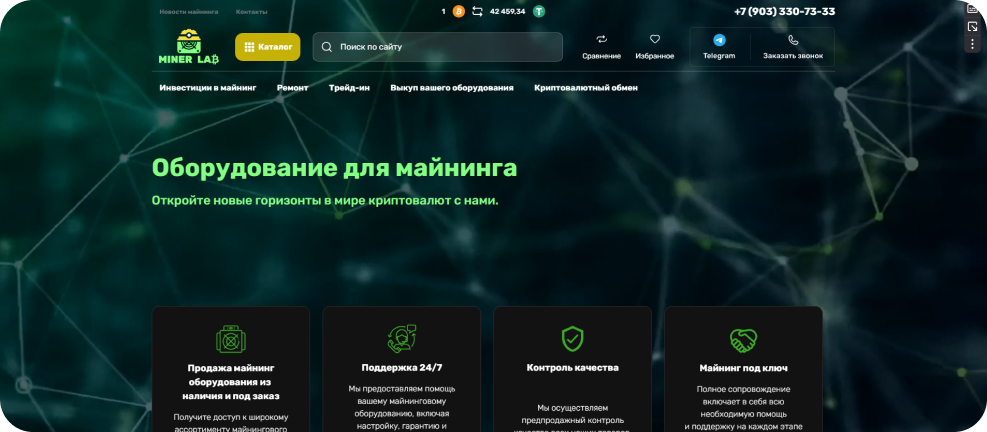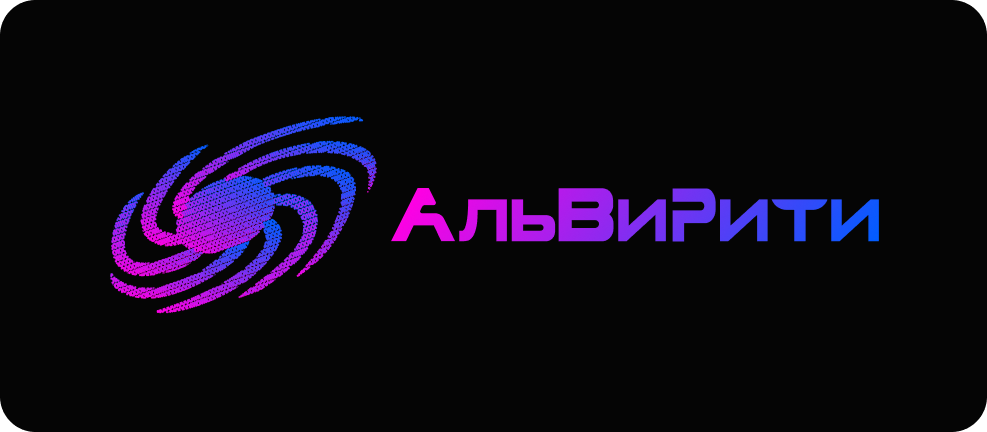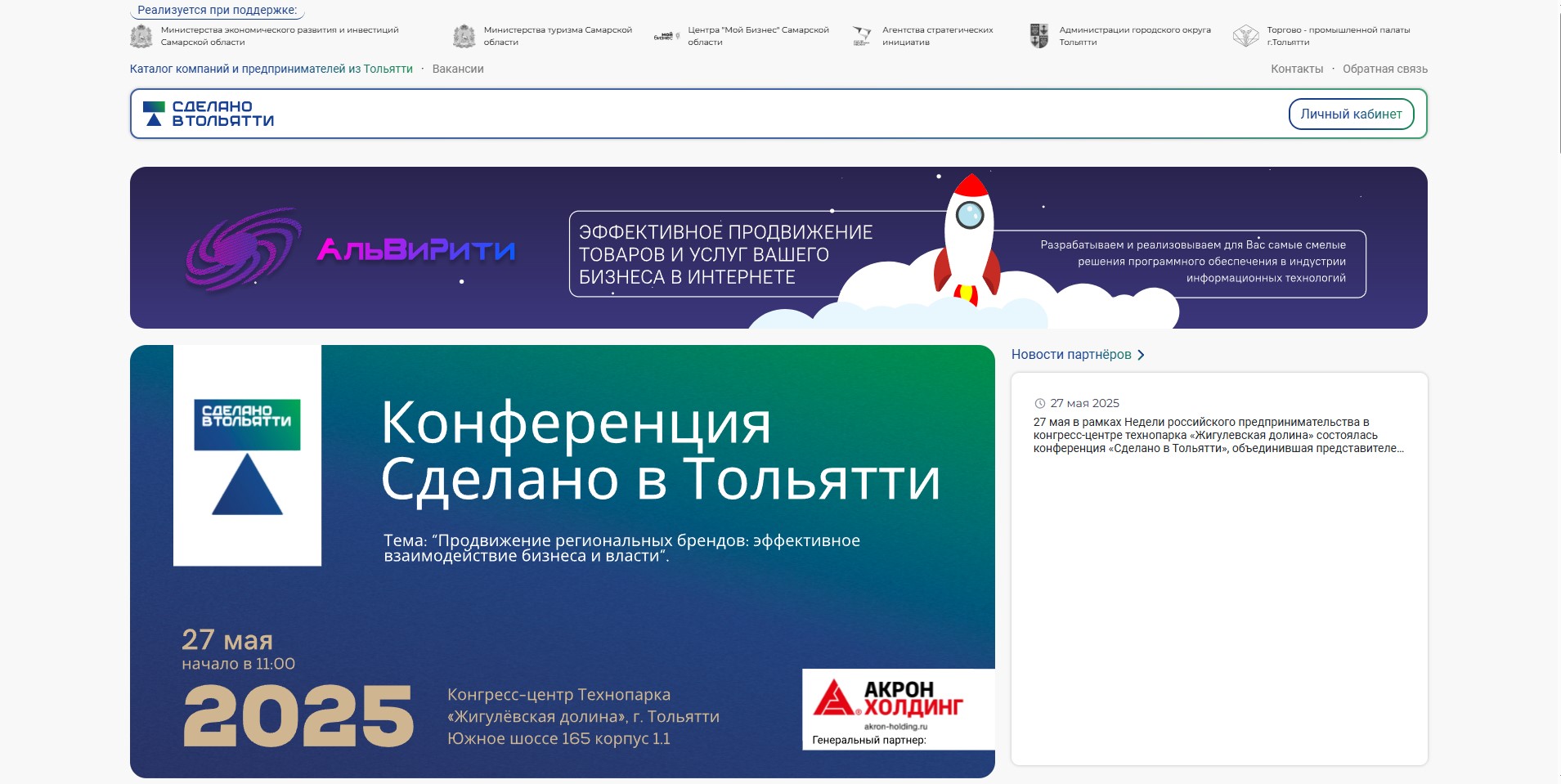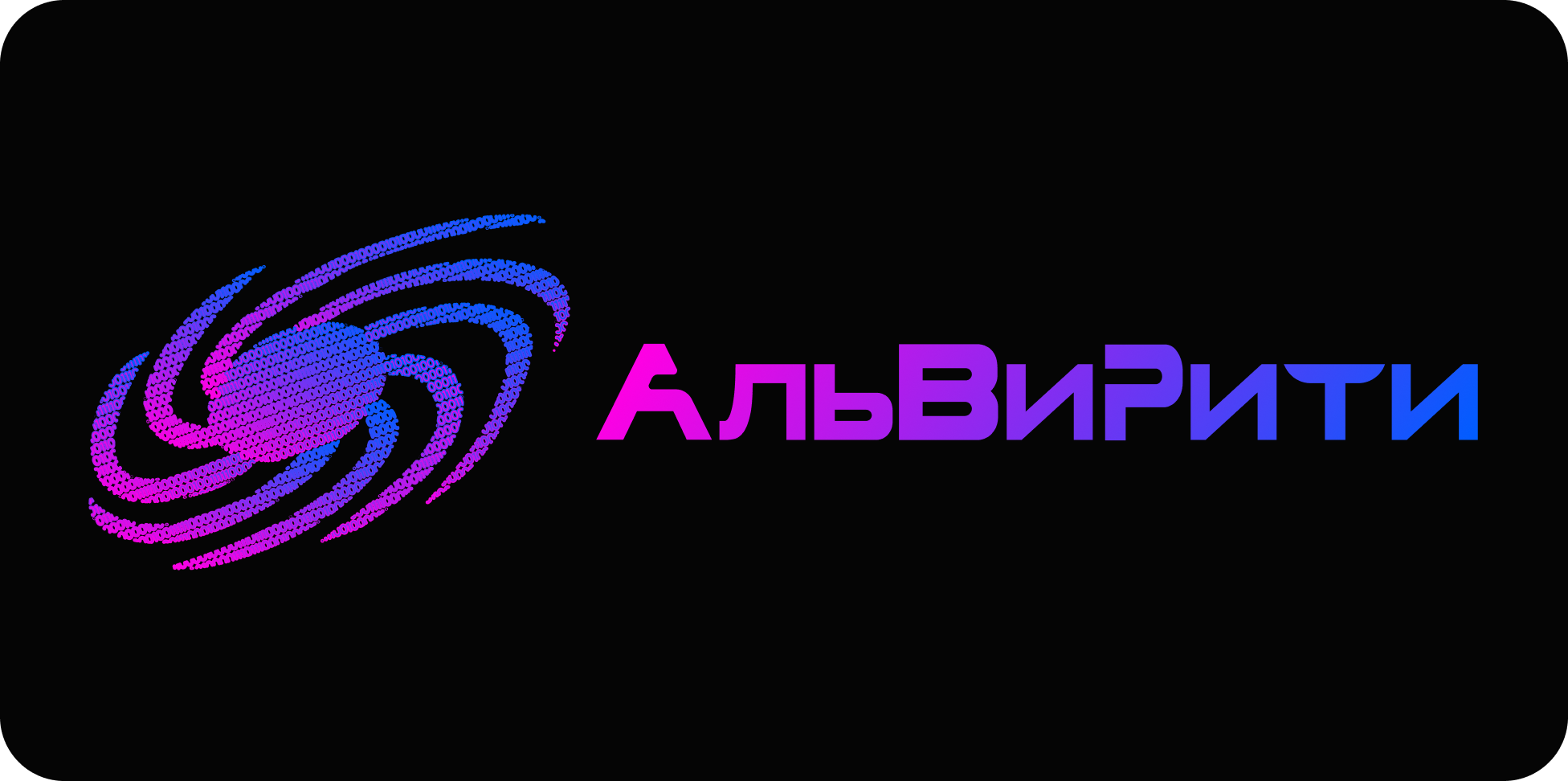The following technologies and tools are used to develop web applications:
Frontend: HTML/CSS, JavaScript, frameworks (React, Angular, Vue.js) for creating interactive interfaces.
Backend: Programming languages (Python, PHP, Java, Node.js) and frameworks (Django, Laravel) for implementing server logic.
Databases: Relational (MySQL, PostgreSQL) and non-relational (MongoDB) systems for data storage.
Additional tools: Content management Systems (CMS) like WordPress, website builders for quick launch, as well as DevOps tools (Docker) for deployment and scaling.
Current trends include the use of PWA (Progressive Web Apps) for offline work, voice search, and artificial intelligence to enhance the user experience.
The cost of developing a web application depends on the complexity of the functionality, the type of project, and the level of the performer. For example:
Landing page (single-page website): From 50,000 rubles.
Corporate website: From 180,000 rubles.
Online store: From 300,000 rubles.
Automated information systems: From 500,000 rubles.
The price is affected:
Project type: Online stores and portals are more complex than business cards or landing pages, so they require more resources.
Design and Animations: Unique design and interactive elements add value.
Integrations: Connecting external services (payment systems, 1C, CRM) requires additional costs.
Support and hosting: Domains, SSL certificates and technical support are paid separately (starting from 100 rubles/month. for hosting).
To accurately calculate the cost, it is important to provide a technical specification (TOR), which helps to avoid misunderstandings between the customer and the contractor.
Professional companies offer a number of advantages:
Quality and reliability: Ready-made solutions are tested for safety, performance and compatibility with different devices.
SEO optimization: Websites are developed taking into account the requirements of search engines, which increases their visibility in search results.
Support and Maintenance: Companies provide technical support, updates, and bug fixes after launch.
Save time and resources: Professionals take over all stages, from design to deployment, allowing the customer to focus on the business.
We offer comprehensive services, including CRM integration and analytics, which is especially important for businesses.
To start developing a web application, it is important:
Define the goals and audience: Understand what tasks the product should solve and who will be its user.
Create a technical specification (TOR): A document that sets out the requirements, deadlines, and budget, protecting the interests of both parties.
Choose a technology stack: Decide on programming languages, frameworks, and platforms depending on the complexity of the project.
Create a prototype and design: Test the interface for usability before starting programming.
Plan support: Consider the need for updates, monitoring, and expansion of functionality in the future.
The company offers free consultation and preparation of a development plan. Alvirity provides services from design to launch, including integration with AI and analytics.
Web development is the process of creating and maintaining websites or web applications, which includes design, programming, testing, and deployment. Web applications differ from regular websites in their interactivity and complex business logic, such as online stores or corporate portals.
The main stages of web development:
Requirements collection and planning: Analysis of project objectives, target audience, and functional needs. This helps to avoid mistakes and additional costs at later stages.
Engineering (design and architecture): Creating interface layouts (UI/UX) and designing server architecture to ensure scalability and security.
Frontend and backend development: Frontend — creating a user interface using HTML, CSS, JavaScript; backend — programming the backend, including working with databases and APIs.
Integration with databases and third-party services: Connection of payment systems, analytics or CRM systems to expand functionality.
Testing and Deployment: Testing functionality, usability, and security before running on the server.
Support and Update: Regular content updates, bug fixes, and new features.
Modern web development also includes responsive design for mobile devices and SEO optimization to increase visibility in search engines.
The turnkey web development service is an integrated approach in which a web development studio takes over all stages of creating your online representation: from task analysis and design to launch, support and promotion. This is an ideal solution for businesses that want to have a ready-made website without having to dive into technical details and manage different contractors.
The standard turnkey web development package usually includes:
Analysis and Planning: Studying your business, target audience, and competitors. Preparation of technical specifications (TOR).
Design (UX/UI): Development of prototypes and website design that will be user-friendly and reflect the corporate identity of the company.
Layout and programming: Direct website development — creation of adaptive layout, implementation on a selected CMS (for example, WordPress, 1C-Bitrix) or framework, programming of complex functionality (shopping cart, personal account, integration).
Content filling: Help with adding texts, images, and products (for online stores).
Testing and launch: Verification of operation on all devices and in different browsers, error correction, hosting.
Basic SEO and promotion: Setting up meta tags, increasing download speeds, and other work to improve search engine visibility.
The cost of developing a website is based on its type and complexity:
Business card or landing page: from 50,000 rubles.
Corporate website: from 180,000 rubles.
Online store: from 300,000 rubles.
The price is directly affected by the timing, the number of unique pages, the need for integration with external systems (CRM, 1C, payment gateways) and the complexity of the design. To get an accurate calculation, you need to submit a request to the web studio for a consultation, where specialists will study your tasks in detail.
To order the creation and development of websites, as well as their subsequent promotion in a professional web development studio, is an investment in the reliability, security and scalability of your online business. Unlike working with a freelancer, a web studio offers a team approach where highly specialized specialists work on your project.: designers, programmers, marketers, and testers. This guarantees the high quality of each component of the site.
The key advantages of working with a studio:
A range of services: You get the development and support of websites, as well as their promotion and promotion from a single source. This provides a unified strategy and eliminates the need to search for separate layout, separate code writing, and separate contextual advertising.
Professionalism and expertise: The studios operate through transparent processes (Scrum, Agile), use up-to-date web development technologies, and have a portfolio of completed projects in your niche (for example, creating online store websites for retail).
Reliability and responsibility: The studio enters into an official contract, adheres to deadlines and provides warranty support after the launch of the project. You are protected from a situation where a lone performer disappears at the most inopportune moment.
Scalability: A professionally designed website can grow with your business. The studio will lay down the right architecture for easy addition of new functionality and integrations in the future.
Thus, choosing web development services from a professional company, you get not just a set of pages, but a strategic business development tool that will generate sales and work for your online reputation. To discuss your project, just leave a request on the website of our web studio.
